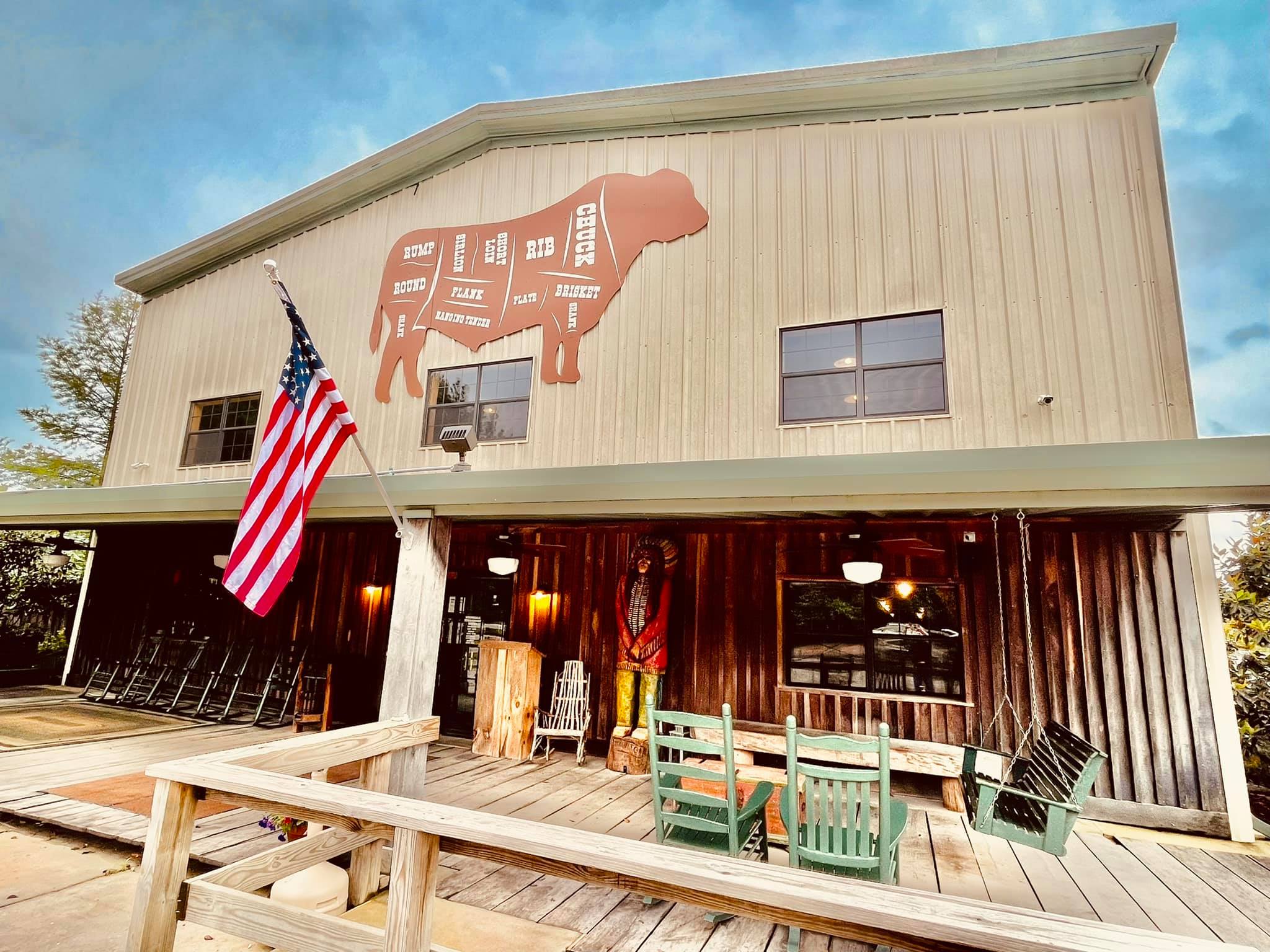Quite a sight along the Sardis Reservoir as Pelicans come to visit
Published 6:15 am Sunday, January 28, 2018
So many aspects of this amazing world we get to enjoy are awe-inspiring.
From mountains to oceans to magnificent sunsets, every day is a miracle if we look hard enough. Consider migratory birds, arguably among the most inspiring of all.
This is the season our region gets more fowl, and it’s a quite pleasant sight.
My biggest moment of jaw-dropping, stop the car let’s take a look at these birds of the season came weeks ago when I was passing through Sardis Reservoir, on the way to Sardis.
It’s well known that Sardis gets thousands of visiting ducks and geese migrating from the north for the winter. It’s not unusual to find Canada or Snow geese or Mallard ducks that have drifted down, riding a cold front from a place like South Dakota into our neck of the woods.
But it was hundreds of much larger birds that caught my eye and awe. They were much bigger than a goose, and whiter, with big bills good for scooping fish. Gathered by the dozens, some in the upper reservoir, feeding in the shallow water, with others in the lower pool, beneath the spillway, foraging for fish in the turbulent waters.
My first guess at a distance was that maybe they were migratory swans. The numbers didn’t add up, however, since when I have seen a migratory Trumpeter Swan in this region, it was typically alone or with another traveling with a pack of geese.
These birds numbered in the hundreds, and when I got closer, their big beaks gave it all away. These beautiful birds were the American White Pelican, one of several bird types that winter at our 58,000 acre Sardis Reservoir.
Asking friends and neighbors what they knew about our pelican friends who snowbird here in the winter I got more surprised looks than information in return. Except for hunters of public grounds or passersby, Sardis doesn’t have as much traffic in the winter, so this sight goes relatively unseen.
More knew about the visiting Bald Eagles or ducks that visit Sardis in the winter.
But for the record, these big birds do make an extended stay here in the colder months – some passing through before ultimately landing at the catfish ponds in the Delta – and they are a sight to behold.
Closer to the Mississippi River, from the west side of Panola County into Quitman and Lee and up through Tunica, it’s migratory ducks that steal the show. Duck hunting has delivered considerable enjoyment and enterprise in the area in the past 20 years as a slight flyway shift made the region a natural winter home to hundreds of thousands of birds.
Landowners from west of Batesville to Crowder and Lambert have enjoyed the fruits of this shift, though some have worried the last couple of years that the mallards seem to be arriving later and spending more time in Arkansas.
Reports from many clubs in the area have revealed that not as many mallards as they would like were in the area around Christmas, but the recent cold fronts brought more birds to the sweet spots.
If talking about hunting and birds in the same sentences seems like an odd pairing, consider that our duck hunters have the most affection and care for migratory birds. It’s their conservation efforts that keep our populations flourishing in North America, making it a win-win proposition that has been good for the ducks and good for North Mississippi.
But as for the white pelicans, it is good to know that it’s not just ducks that call North Mississippi home in the winter.
They are quite a sight, fishing and roosting in our waters.
David Magee is publisher of the EAGLE. You can reach him at david.magee@oxfordeagle.com.





